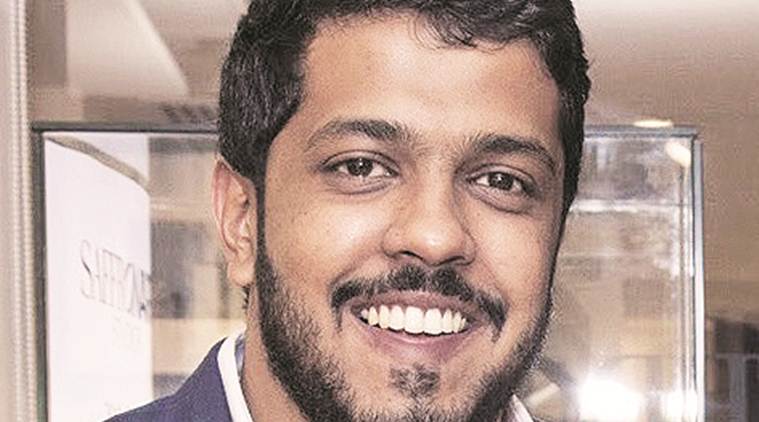At a session, titled ‘Mapping the sector: Arts and culture in India’, on February 15, Joe Cyril, lead for business development at Saffronart, gave a talk on new and existing professional opportunities in the cultural and creative sector.
In the last two decades, a great change has come into art auctions in India. It is no longer the exclusive zone of a few who gather in a grand hall or auction house, well-versed in the intricacies of the ‘going-going-gone’ world, and compete for objets d’art and rare antiques. Among those who pushed auctions online, enabling hundreds of people from across the world to bid, was Saffronart. At a session, titled ‘Mapping the sector: Arts and culture in India’, on February 15, Joe Cyril, lead for business development at Saffronart, gave a talk on new and existing professional opportunities in the cultural and creative sector. The event was organised by Arts Culture Resources India with TIFA Working Studios, and British Council, Pune. He talks to Dipanita Nath about how art auctions have grown and changed over the years. Excerpts from an interview:
What is the experience of working in an auction house?
I joined Saffronart after working with the Kochi Biennale Foundation at Kochi, also my hometown. I was lucky to have attended the first Kochi Biennale Foundation fundraiser auction conducted by Saffronart in Mumbai in 2015. I found it to be an exciting experience as it was my first ever auction experience. I have a degree in economics and wanted to be on the business side of the art world. So, I applied to Saffronart. For me, personally, I find working at Saffronart exhilarating. Our calendar is packed with auctions, events, talks and fundraisers, which can be hectic but also challenging. It is a culturally rewarding experience to work at an auction house like Saffronart. We get to work with significant works of Indian art, antiquities, design, books and jewellery, a cross section of India’s cultural identity and history. Beyond the museums, auction houses also gives the public an opportunity to view and acquire a piece of Indian culture, which is otherwise tucked away in private collections.
Talking of private collections, can you tell us about the forthcoming auction of the seized assets of Nirav Modi?
The Spring Live and Online Auctions on February 27 and March 3 to 4 will be conducted on behalf of the Enforcement Directorate (ED), Mumbai. Collectively, the two auctions will feature 15 artworks by significant modern and contemporary Indian artists as well as a selection of luxury watches, handbags and cars. There was a request for tenders (RFT) from the ED to auction houses operating in India. Following this, Saffronart was selected based on its experience and expertise. Previously, Saffronart had conducted a successful auction of seized paintings on behalf of the Income Tax department in March 2019.
Since art auction is a niche sector, what is the nature of work that an aspirant can look forward to, especially during an economic slowdown?
Client relations and sales, design, marketing, art cataloguing and editorial roles exist in most auction houses beyond the administrative roles such as finance, operations and logistics. While some are entry-level roles, others require domain knowledge and experience.
As auctioning transitioned from offline to online, how did its characteristics change?
While traditional auctions have transitioned from offline to online, Saffronart, launched in 2000, started as an online auction house with the goal of making the art market more accessible in India. Saffronart started conducting live auctions in Mumbai and Delhi in 2013. All auctions conducted by Saffronart, even if it is conducted live or physically, have an online and mobile application plug-in making it possible for a bidder to take part from anywhere around the world. We also offer various features, including detailed condition reports and high resolution images of the artworks, automatic additional taxes and charges calculations, bid history, comparables and proxy bidding, among others, which have made the process of buying art online transparent and easy.
How have professional opportunities opened up, changed or shrunk in the sector over the years?
The art industry has more professional opportunities now with the success of institutions such as India Art Fair in Delhi, Kochi-Muziris Biennale in Kerala and Serendipity Arts Festival in Goa. New private art museums, galleries and auctions have also opened up professional opportunities in the field.
Source: Read Full Article





